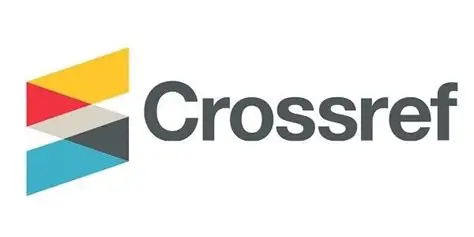SOCIAL SPAMMER DETECTION VIA CONVEX NON-NEGATIVE MATRIX FACTORIZATION
Keywords:
Spam, Decision-Tree, Convex.,,Abstract
In today's technologically advanced society, emails have become the norm for both
professional and personal communication. However, advertising agencies and social
networking websites are to blame for the fact that the vast majority of emails sent out include
irrelevant or unwanted content. In the context of email, "spam" refers to unsolicited
communications sent to a user.
There is a need to filter out spam emails and distinguish them from legitimate ones since they
cause recipients time and money. While several algorithms and filters have been developed to
identify spam emails, spammers continually improve and hone their spamming methods,
reducing the efficacy of the current filters. In this research, we offer a method for dealing with
spam that makes use of binary and continuous chance distributions to eliminate unwanted
correspondence. Naive Bayes and Decision Trees methods were used to construct the classifier
model. Over fitting is examined as it pertains to the efficiency and precision of selecting bushes.
Finally, the superior classifier model is identified mostly on the basis of its accuracy in
distinguishing spam from other types of emails.
References
(1) "Probabilistic Matrix Factorization," by R. Salakhutdinov and A. Mnih, in NIPS, 2008.
X. Yang, H. Steck, and Y. Liu, "Circle-based recommendation in online social networks,"
Proceedings of the 18th Annual ACM SIGKDD International Conference on Knowledge
Discovery and Data Mining, New York, New York, USA, August 2012.
M. Jiang, P. Cui, R. Liu, Q. Yang, F. Wang, W. Zhu, and S. Yang, "Social Contextual
Recommendation," in Proceedings of the 21st ACM Conference on Information and
Knowledge Management (CIKM), 2012, pp. 45-54.
International Journal of Scientific and Research Publications, volume 3, issue 10, 2013. H.
Chauhan and A. Chauhan, "Implementation of decision tree algorithm c4.5."
"A study on evolution of email spam over fifteen years," by D. Wang, D. Irani, and C. Pu,
published in Collaborative Computing: Networking, Applications, and Work sharing
(Collaboratecom), 2013 9th International Conference Conference on. IEEE, 2013, pp. 1-10.
In KDD, volume 96, article 6 by R. Kohavi is titled [6] "Scaling up the accuracy of naive-bayes
classifiers: a decision-tree hybrid." Pages 202-207 in Citeseer (1996).


